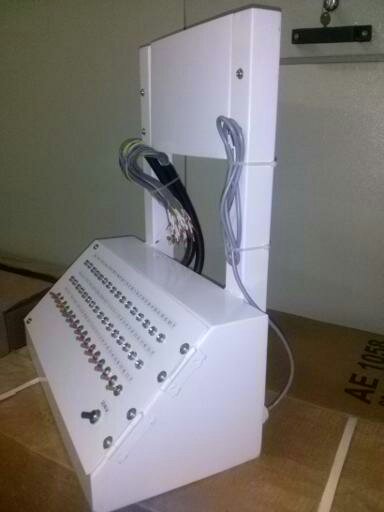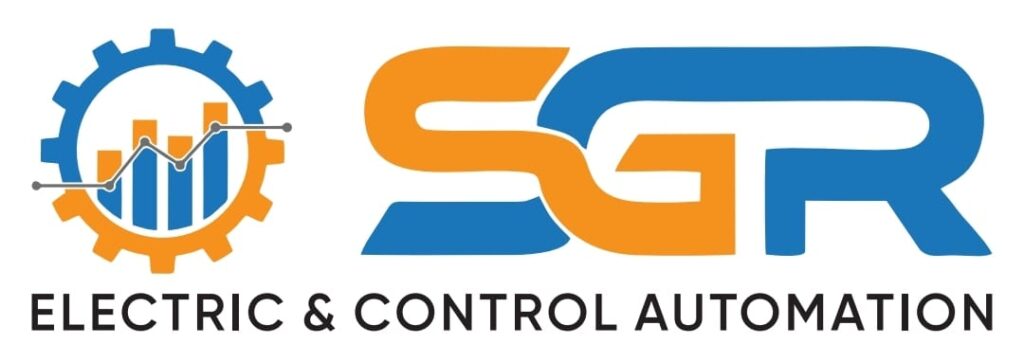Training Kits

Training Kits
Training kits are structured educational packages designed to deliver effective learning experiences across a wide range of industries and applications. Whether used in corporate training, educational institutions, technical workshops, or safety programs, these kits serve as comprehensive tools to guide learners through both theoretical and practical aspects of a subject. Their goal is to provide consistent, engaging, and hands-on instruction tailored to specific skill development needs.
A typical training kit includes core instructional materials, such as manuals, textbooks, and guides that introduce key concepts and background knowledge. It also often features multimedia components—like videos, slide presentations, and animations—that enhance understanding through visual learning. In many technical or vocational fields, the kit will contain physical tools, simulators, or equipment, enabling hands-on practice that reinforces theoretical learning with real-world application.
One of the biggest strengths of a training kit is its structured learning pathway. The content is organized in a logical sequence, progressing from basic to advanced topics, which helps learners grasp foundational principles before tackling more complex tasks. Many kits also incorporate assessment tools, including quizzes, exercises, and skill evaluations, to measure learner progress and comprehension throughout the training cycle.
Another key benefit of training kits is their customizability. They can be tailored to the needs of specific audiences or industries, making them a flexible solution for organizations aiming to standardize training across teams, locations, or job roles. By using the same core materials for all participants, organizations ensure consistency in the delivery and outcomes of the training, promoting a unified understanding of procedures, standards, and knowledge.
In conclusion, training kits are powerful educational tools that support comprehensive, hands-on learning. By combining instructional content, practical exercises, and evaluation methods, they cater to diverse learning styles and ensure participants are well-prepared for real-world tasks. Their adaptability and consistency make them indispensable in modern training environments focused on skill development and workforce readiness.
Industries
How can we help you?
We’re just a message away—reach out for more information!
